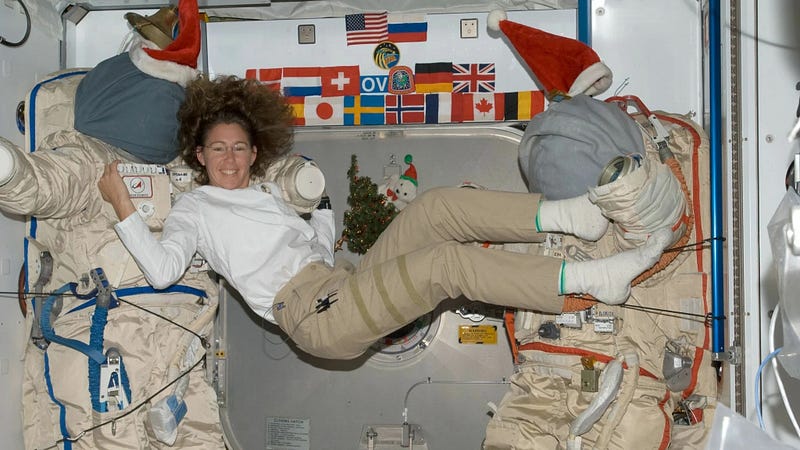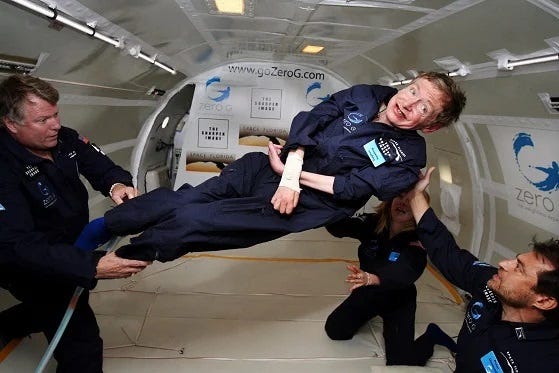Exploring the Challenges of Artificial Gravity in Spacecraft
Written on
Chapter 1: Understanding Artificial Gravity
A common inquiry I receive is about the potential methods for generating artificial gravity in spacecraft, particularly why the International Space Station (ISS) has yet to implement such technology. Let's delve into these questions.

Methods for Generating Artificial Gravity
One approach to creating artificial gravity involves rotation around an axis. The principle at play here is centrifugal force. Essentially, the spacecraft would take the form of a rotating ring. This concept has been popularized in films such as The Martian.
#### Drawbacks of Rotational Gravity
However, this method has significant drawbacks. Either the structure must be extraordinarily large, or it must rotate at an uncomfortably high speed. The latter is particularly impractical, as occupants would experience intense discomfort due to varying inertial forces affecting different body parts. To maintain a comfortable environment, the diameter of the rotating ring would need to be at least 200 to 250 meters.
Alternative: Acceleration-Based Gravity
Another method of simulating gravity is demonstrated in the television series The Expanse. In this scenario, the spacecraft must maintain a constant acceleration. If a ship accelerates at 9.8 m/s², passengers would feel a gravitational pull equivalent to Earth’s, directed opposite to the thrust of the engines.

#### Limitations of Acceleration
The main issue with this approach is the substantial fuel requirements, making it impractical for most missions. Additionally, during deceleration, the artificial gravity would be reversed, necessitating designs that allow for the ceiling to function as a floor if needed. When the ship is not accelerating, passengers would experience weightlessness.
Chapter 2: Why the ISS Lacks Artificial Gravity
The primary reason for not implementing artificial gravity on the ISS is the extraordinarily high cost and complexity of such an undertaking, alongside its limited practical benefits.
To produce artificial gravity, a rotating ring would need to be as large as the ISS itself, which poses significant challenges in terms of mass and assembly in orbit. The assembly of such a structure would be far more complex than the original ISS construction.
Currently, even building a station the size of the ISS is seen as prohibitively expensive, let alone constructing a massive rotating ring. The comfort of astronauts does not justify the tens of billions of dollars that such a project would require, especially considering that these types of structures are primarily justified for long-term missions around the solar system—missions that are not on the horizon at present.
The first video titled "Can The Human Body Handle Rotating Artificial Gravity?" explores the physiological implications of artificial gravity systems.
The second video titled "Q&A 11: Why the ISS Doesn't Rotate and More..." provides further insights into the practicalities and challenges of artificial gravity in space.
Feel free to clap if you'd like to see more articles about space in your feed! Subscribe to our channel and pose your questions, which I'll address in future articles.